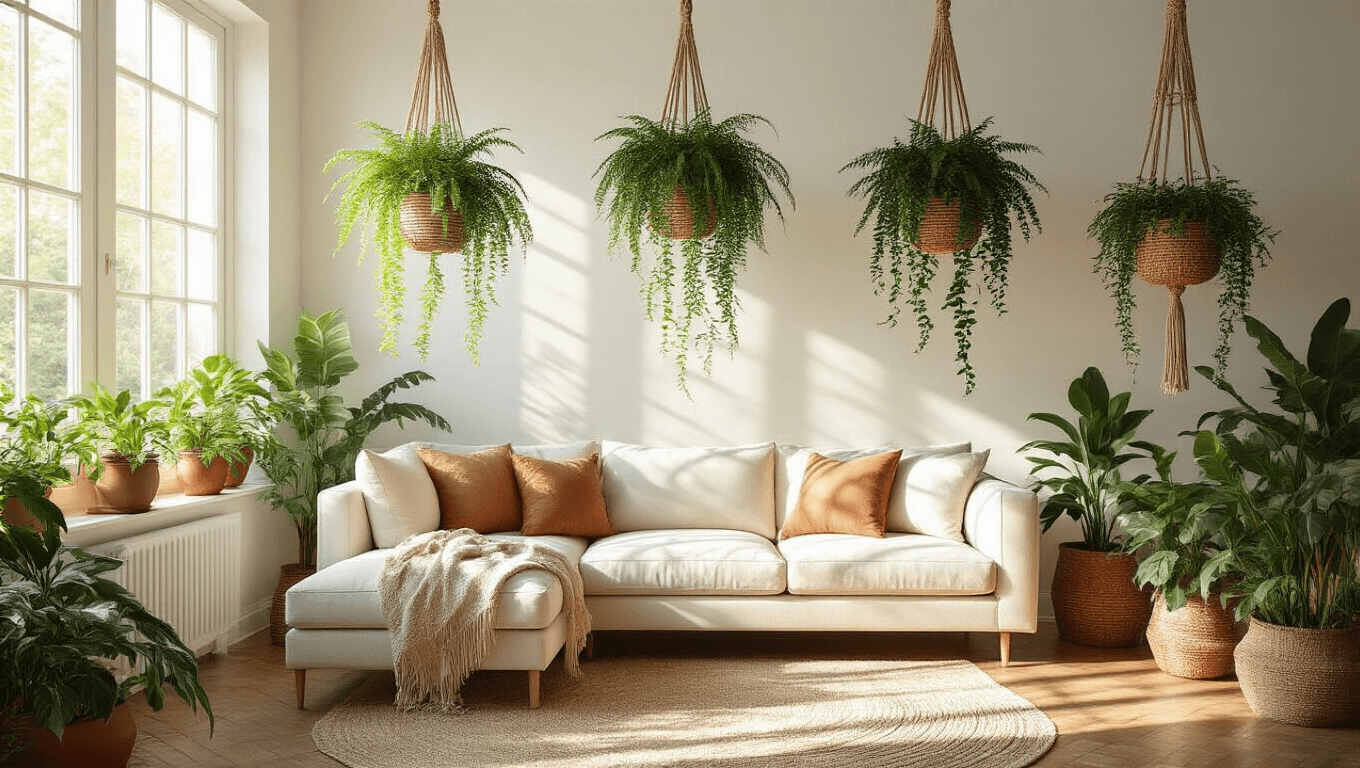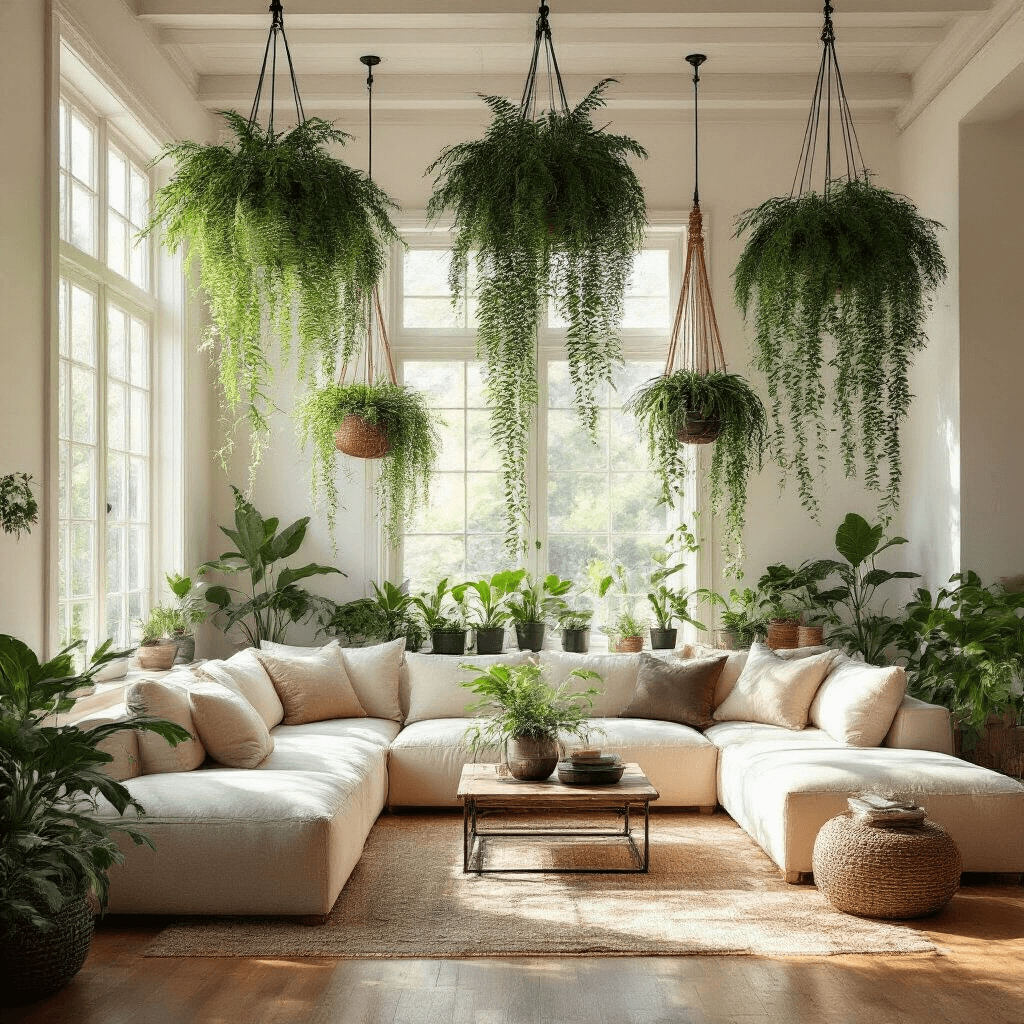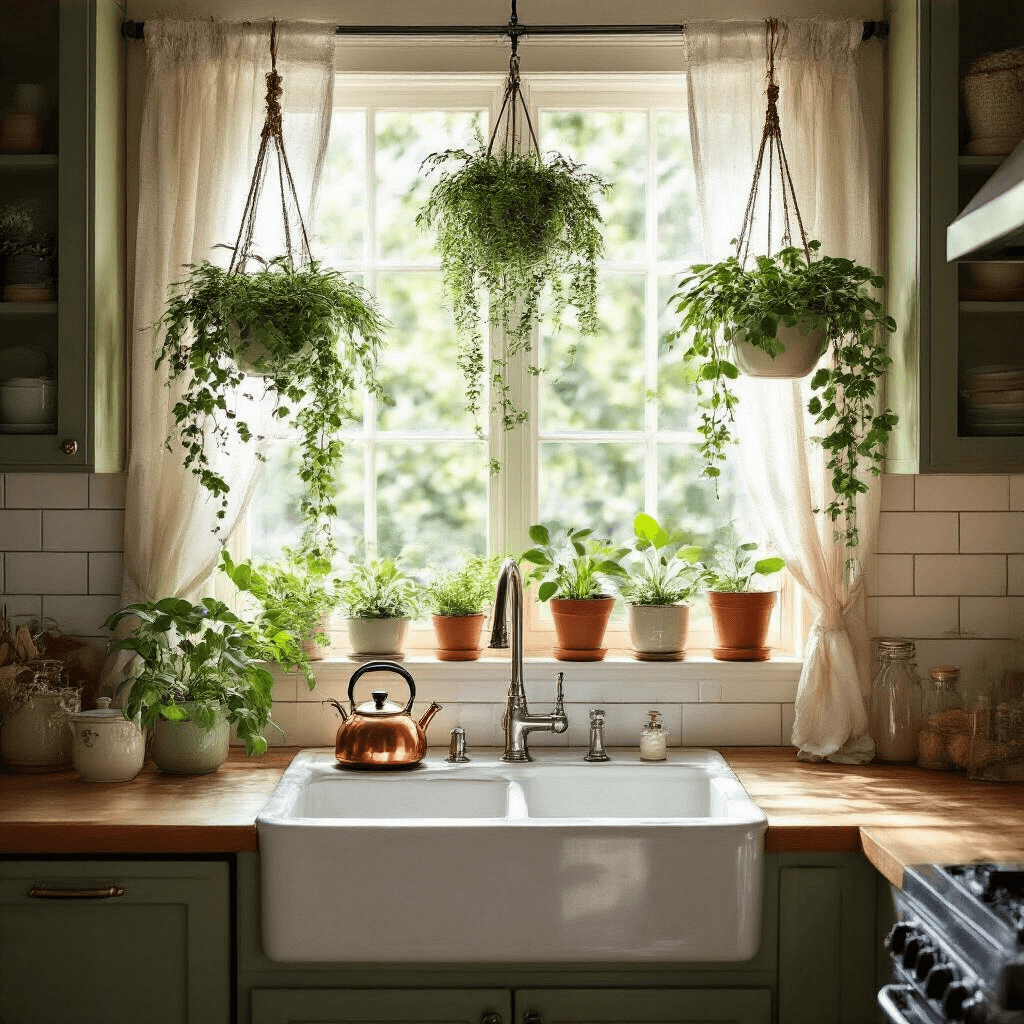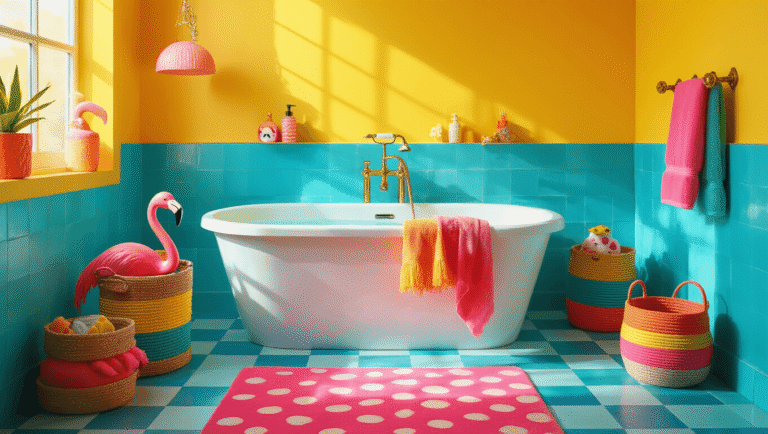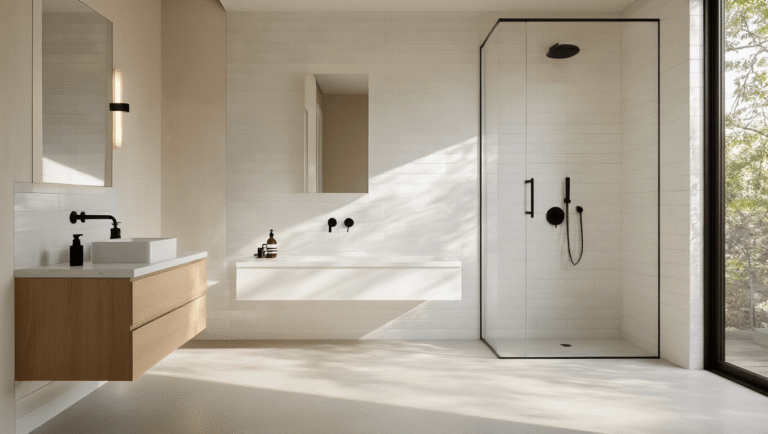This post may contain affiliate links. Please see my disclosure policy for details.
How to Hang Plants From the Ceiling: The Complete Guide to Creating Your Indoor Garden Paradise
Contents
- How to Hang Plants From the Ceiling: The Complete Guide to Creating Your Indoor Garden Paradise
- Why Your Ceiling is Prime Real Estate for Plants
- The “Will It Hold?” Question That Keeps You Up at Night
- The Permanent Solution: When You Mean Business
- Renter-Friendly Solutions That Won’t Get You Evicted
- The Art of Hanging: Making It Look Intentional
Ever stared at your blank ceiling wondering how to hang plants from the ceiling without everything crashing down at 3 AM?
Trust me, I’ve been there.
Standing in my living room with a beautiful Boston fern in one hand and a questionable-looking hook from the hardware store in the other, wondering if I was about to create a disaster or a masterpiece.
The good news? I figured it out the hard way so you don’t have to.
Why Your Ceiling is Prime Real Estate for Plants
Here’s what nobody tells you about hanging plants – your ceiling is basically unused space that’s crying out for some green love.
I learned this after cramming every windowsill and surface in my apartment with plants. My friend walked in, looked up, and said “Girl, you’ve got a whole empty level up there.”
Mind. Blown.
Benefits of ceiling plants:
- Maximizes your growing space without cluttering surfaces
- Creates dramatic visual impact that ground plants can’t match
- Improves air circulation around your plants
- Keeps plants away from pets and small children
- Adds vertical interest to any room
The “Will It Hold?” Question That Keeps You Up at Night
Let’s address the elephant in the room – weight limits.
I once watched a beautiful spider plant take a nosedive because someone thought all hooks were created equal. They’re not.
Here’s your weight reality check:
- Small plants (pothos, small ferns): 3-8 pounds
- Medium plants (Boston ferns, larger hanging baskets): 8-15 pounds
- Large plants (mature ferns, multiple plantings): 15-25 pounds
Always add 30% extra for water weight because plants get thirsty, and wet soil is heavy soil.
The Permanent Solution: When You Mean Business
Finding Your Ceiling’s Sweet Spot
Before you drill anything, you need to find the ceiling joist. This is your ceiling’s backbone, and it’s where the magic happens.
Tools you’ll need:
- Stud finder
- Drill with bits
- Swag hooks or screw hooks
- Level
- Pencil
Step-by-step process:
- Run your stud finder across the ceiling until it beeps (that’s your joist)
- Mark the spot with a pencil
- Double-check by trying spots 16 inches away (joists are usually spaced this far apart)
- Drill a pilot hole slightly smaller than your hook’s screw thread
- Screw in your hook by hand – if it goes in easily, you hit the sweet spot
The Toggle Bolt Backup Plan
No joist where you need it? Welcome to my world.
Toggle bolts are your best friend when you’re dealing with drywall-only situations.
What makes toggle bolts awesome:
- They spread the weight across a larger area
- Hold significantly more weight than standard anchors
- Work in hollow spaces
Installation steps:
- Drill a hole big enough for the toggle (folded) to pass through
- Push the toggle bolt through your hook first, then through the hole
- Pull gently until the toggle snaps against the back of the drywall
- Tighten carefully – don’t overtighten or you’ll pull the toggle through
Renter-Friendly Solutions That Won’t Get You Evicted
Adhesive Hooks: The Gentle Giant
I’ll be honest – I was skeptical about adhesive hooks until I tried the heavy-duty ones. Now I’m a convert.
Best practices for adhesive hooks:
- Clean the surface thoroughly with rubbing alcohol first
- Press firmly for 30 seconds during installation
- Wait 24 hours before hanging anything heavy
- Choose hooks rated for 150% of your plant’s weight
Pro tip: Test with something lighter first. I always hang a book or decorative item for a week before trusting it with my plants.
Magnetic Hooks: The Industrial Chic Solution
If you’ve got exposed pipes, metal beams, or HVAC ducts, magnetic hooks are pure gold.
I discovered this accidentally when I couldn’t find anywhere else to hang my trailing pothos near a window. That exposed pipe turned out to be perfect.
Magnetic hook advantages:
- Instant installation – just stick and go
- Completely removable – zero damage
- Often stronger than you’d expect
- Can be repositioned easily
Tension Rods: The Window Garden Game-Changer
This is my secret weapon for renters who want maximum plant impact.
Install a tension rod in a window frame and you’ve created an instant hanging garden.
Perfect tension rod scenarios:
- Bay windows with good light
- Between kitchen cabinets over the sink
- Bathroom windows for humidity-loving plants
- Any recessed window with enough depth
The Art of Hanging: Making It Look Intentional
Height Matters More Than You Think
I used to hang everything at the same height. Big mistake.
Height guidelines that actually work:
- High ceiling plants: 2-3 feet down from ceiling
- Standard ceiling plants: 18-24 inches down
- Above seating areas: At least 7 feet from floor
- Trailing plants: Start higher to show off the cascade
Creating Visual Flow
Think of your hanging plants as floating islands that need to connect with your ground-level plants.

